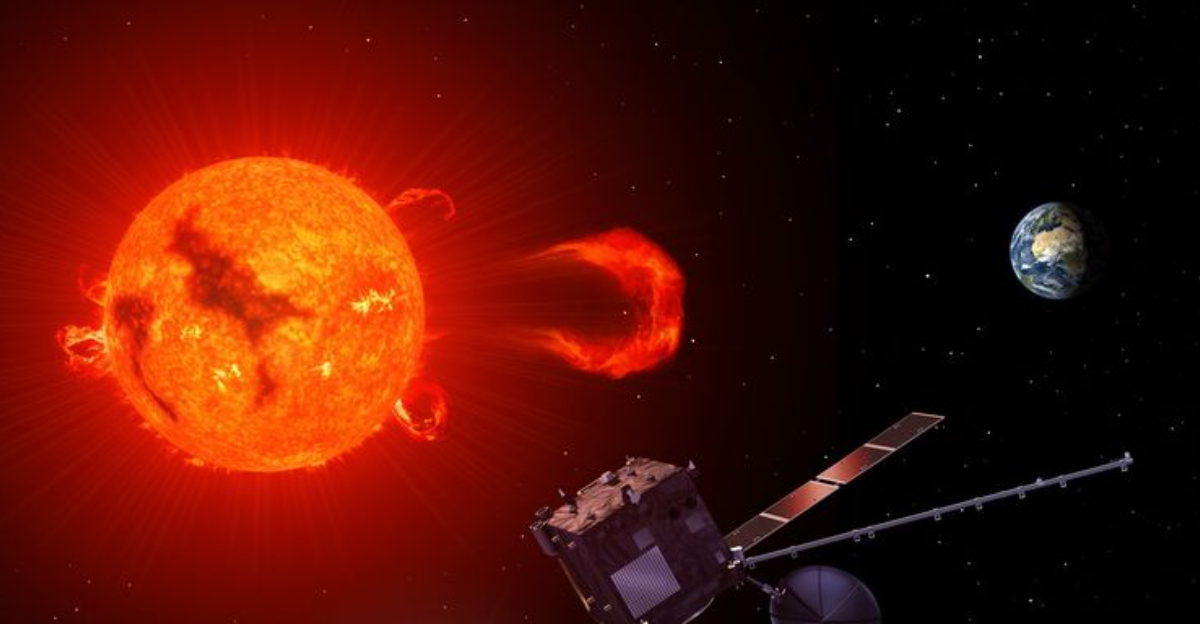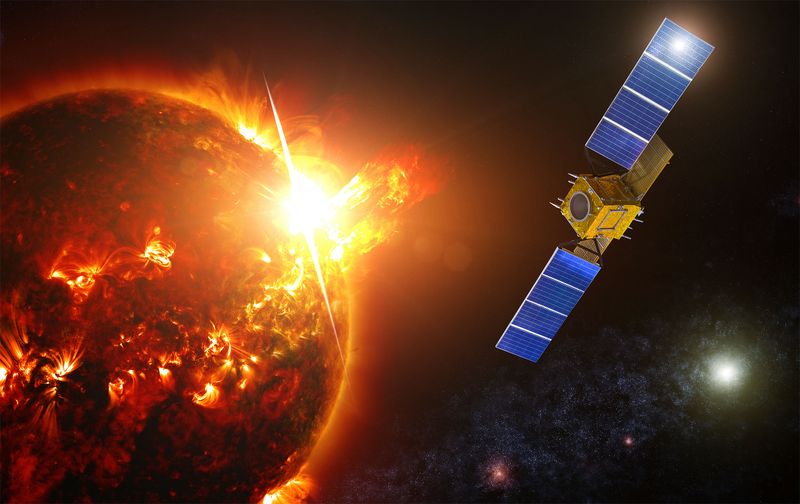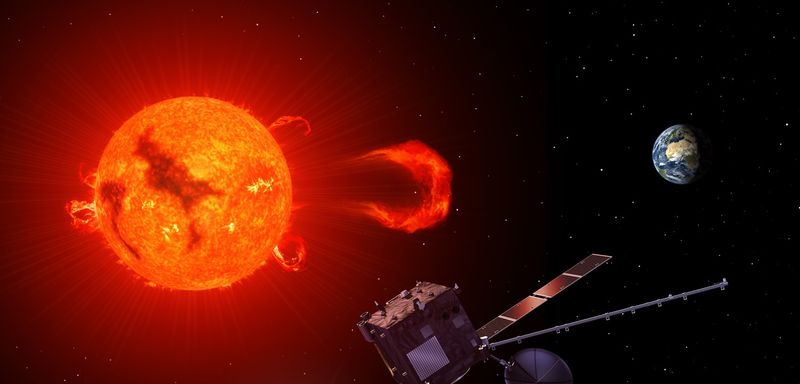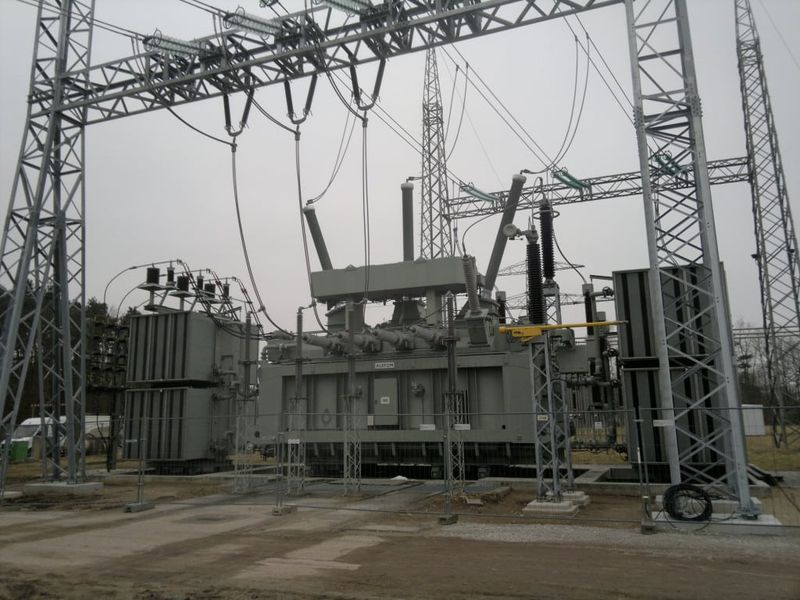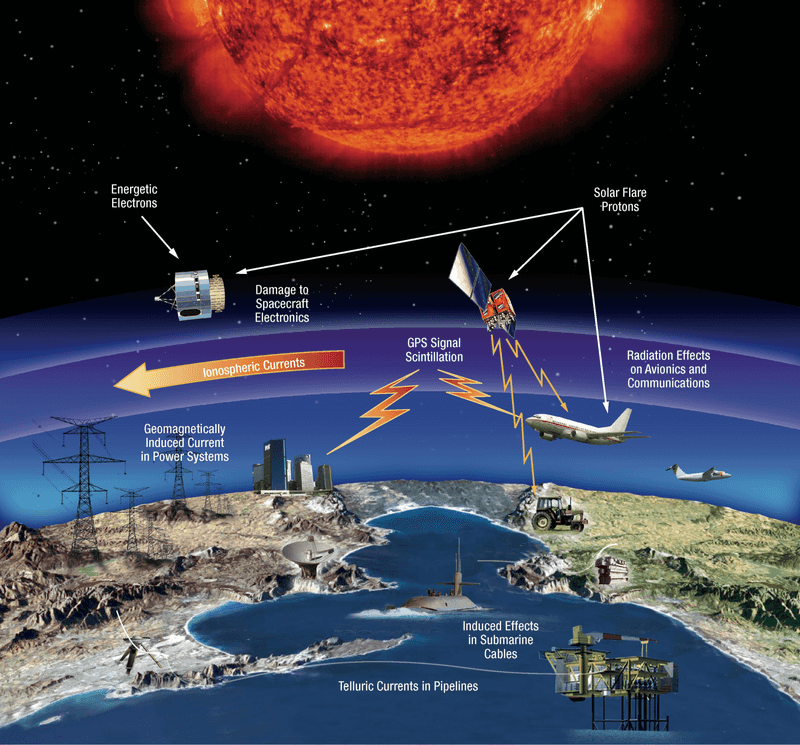The Sun might be millions of miles away, but its powerful bursts of energy can reach right into our daily lives here on Earth. According to the European Space Agency (ESA), solar storms and magnetic disturbances from space can interfere with the technology we depend on every single day—from GPS navigation to power grids. As our world becomes more connected and reliant on satellites and digital systems, understanding space weather and its potential to disrupt life on our planet has never been more important.
Communication Systems Face Serious Threats
Solar flares and coronal mass ejections can turn your reliable phone signal into static noise without warning. When the Sun releases massive bursts of charged particles, they race toward Earth and slam into our atmosphere, scrambling radio frequencies and disrupting communication channels that pilots, emergency responders, and everyday people rely on.
High-frequency radio bands are especially vulnerable during these solar events. Temporary blackouts can last from minutes to hours, depending on the storm’s intensity. Aviation crews flying over polar regions often experience the worst interference because Earth’s magnetic field funnels solar particles toward the poles.
ESA monitors these disturbances closely to provide early warnings. While most of us might not notice a brief communication hiccup, critical services like air traffic control and maritime navigation depend on clear signals to keep people safe every single day.
Satellites Can Suffer Damage or Failure
Did you know a single solar storm could knock out multiple satellites orbiting above us? Elevated solar activity sends waves of radiation and energetic particles hurtling through space, and when they hit our satellites, the results can be catastrophic. Sensitive electronics can malfunction, solar panels may degrade faster, and entire systems might shut down permanently.
Satellites in low-Earth orbit face another challenge: increased atmospheric drag. During intense solar storms, Earth’s atmosphere actually expands outward, creating more resistance against satellites and pulling them off course or shortening their operational lifetimes considerably.
From weather forecasting to television broadcasts and internet services, modern life depends on thousands of satellites working flawlessly. When space weather damages these vital tools, the ripple effects touch everything from your smartphone’s data connection to global financial transactions happening every second.
Power Grids Could Experience Dangerous Overloads
Imagine waking up to find your entire neighborhood without electricity for days—not because of a local problem, but because of something happening 93 million miles away. Geomagnetic storms triggered by space weather can induce powerful electric currents directly into power grids, overwhelming transformers and potentially causing widespread blackouts affecting millions of people.
These induced currents don’t follow normal electrical pathways. They sneak into the system through the ground itself, targeting large transformers that are expensive, difficult to replace, and take months to manufacture. A single extreme event could cost Europe around €15 billion in damages and economic losses.
Power companies are learning to prepare by monitoring space weather forecasts and temporarily adjusting grid operations during high-risk periods. Still, the threat remains real, especially as our electrical infrastructure ages and society demands more power than ever before.
Navigation Systems Become Unreliable and Inaccurate
Your GPS might tell you to turn left when you should actually turn right—and during a solar storm, that’s not just annoying, it could be genuinely dangerous. Solar activity distorts Earth’s ionosphere, the atmospheric layer that GPS signals must travel through, causing positioning errors that can throw navigation systems off by several meters or even kilometers in extreme cases.
Commercial shipping, aviation, agriculture, and emergency services all depend on precise GPS coordinates. Farmers use GPS-guided tractors to plant crops with centimeter accuracy. Ships navigate busy ports using satellite positioning. When space weather interferes, these operations grind to a halt or risk serious mistakes.
ESA’s upcoming Vigil mission, launching in 2031, will monitor the Sun from a unique vantage point to provide better early warnings. Until then, understanding that your navigation app might occasionally struggle during solar storms helps explain those mysterious wrong turns.
